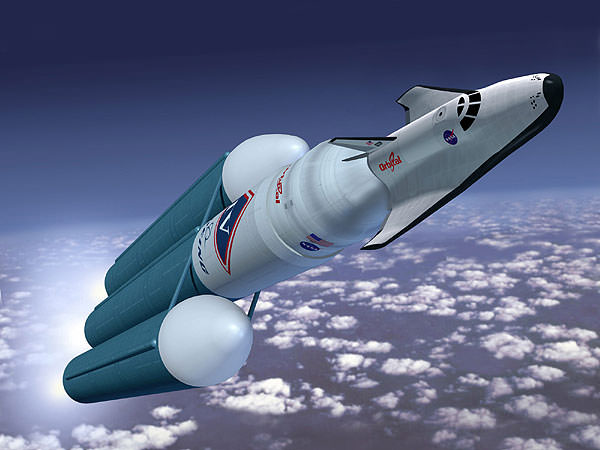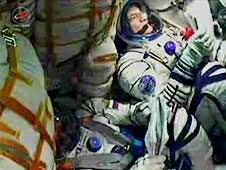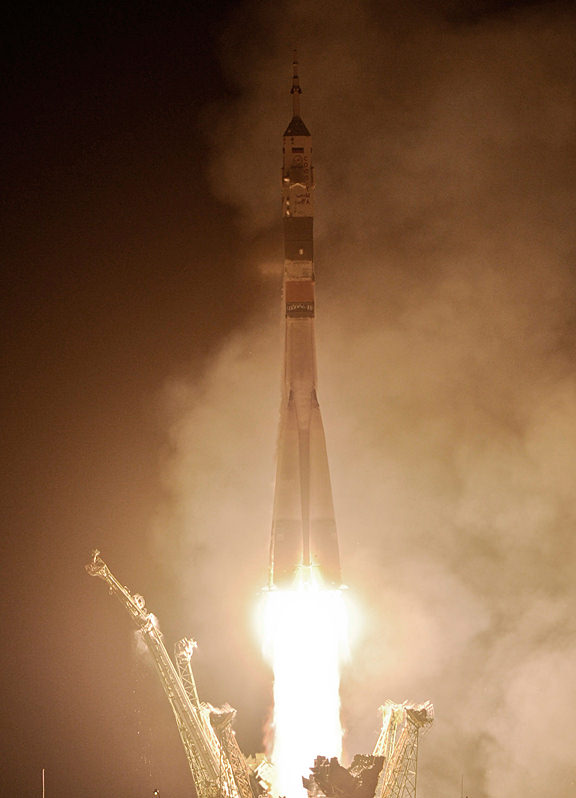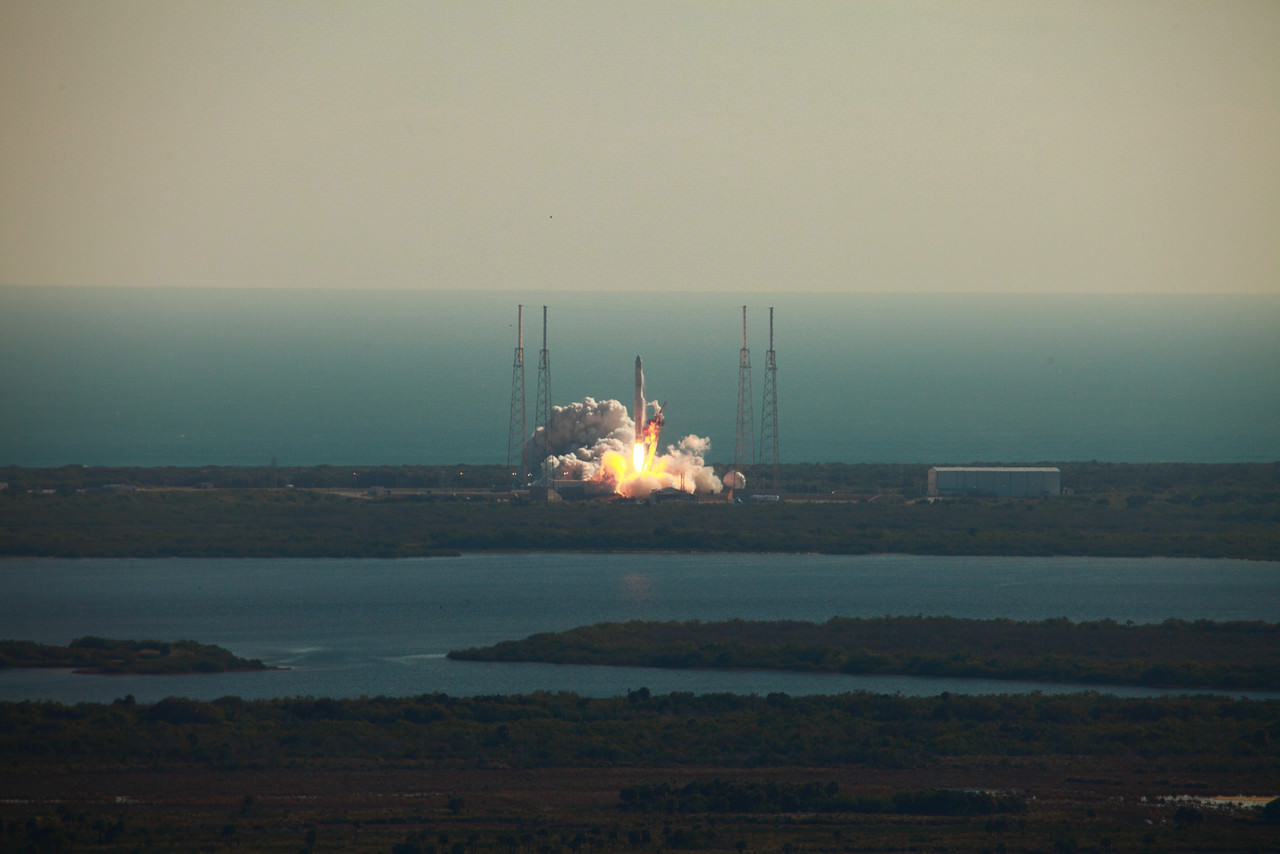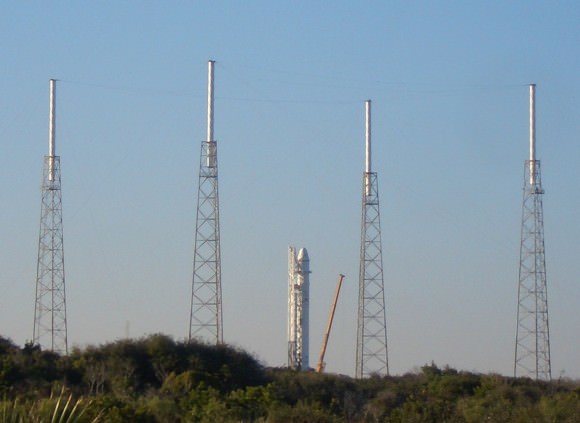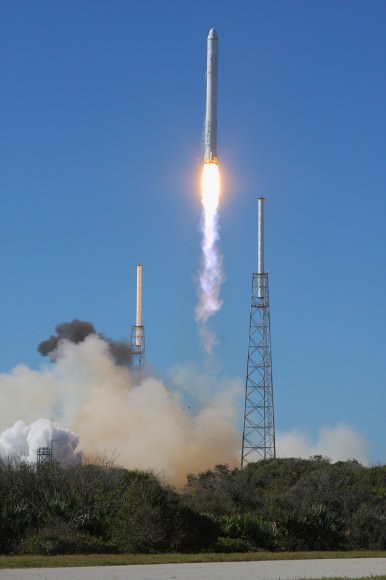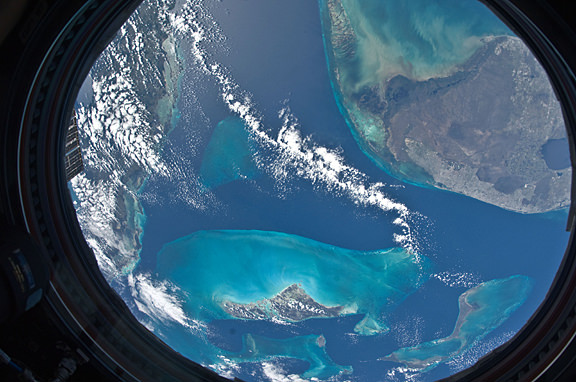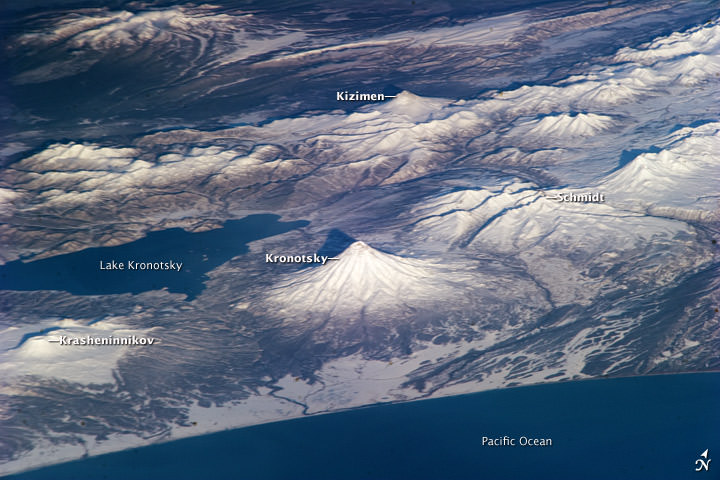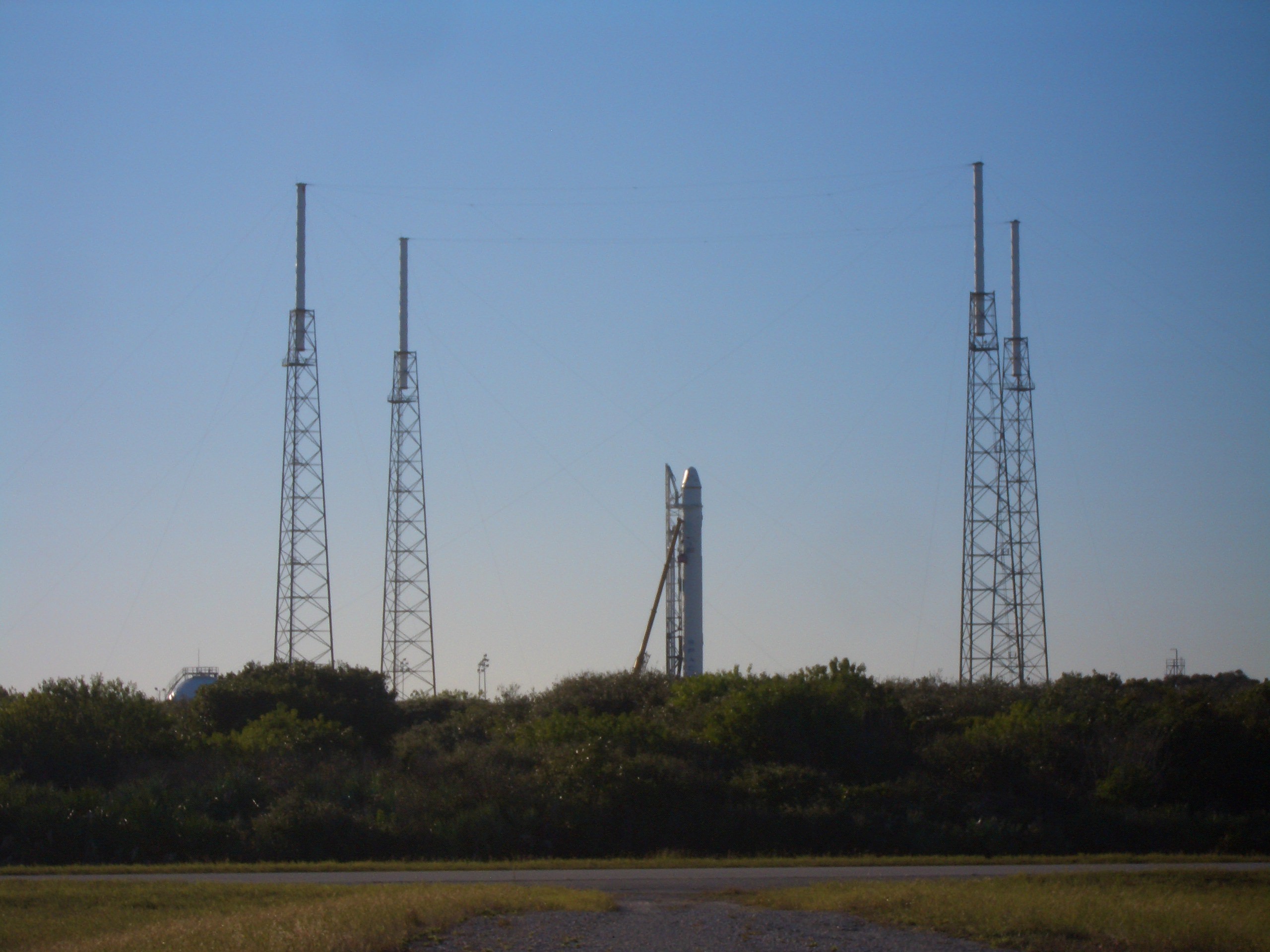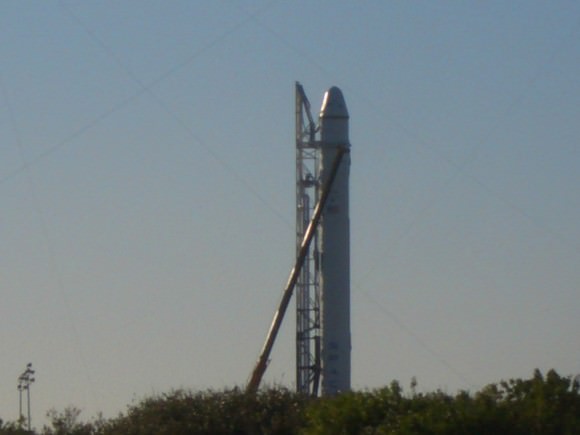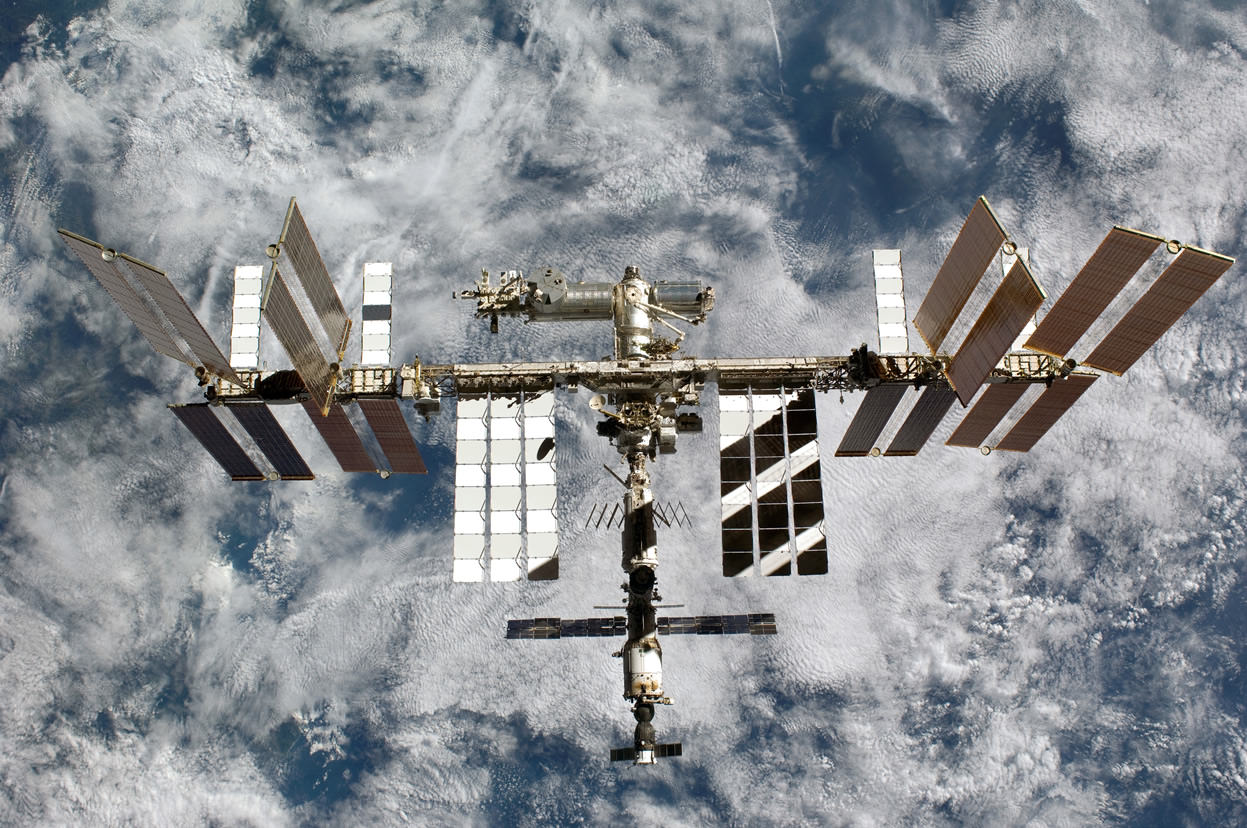[/caption]
Once, the field had only had few entries, but now there are several companies vying to send American astronauts into orbit. With NASA’s Commercial Crew Development program, or CCDev 2, and the encouragement of commercial space firms to produce their own vehicles, the number of potential ‘space-taxis’ has swelled, with virtually every established and up-and-coming aerospace company either producing – or proposing one.
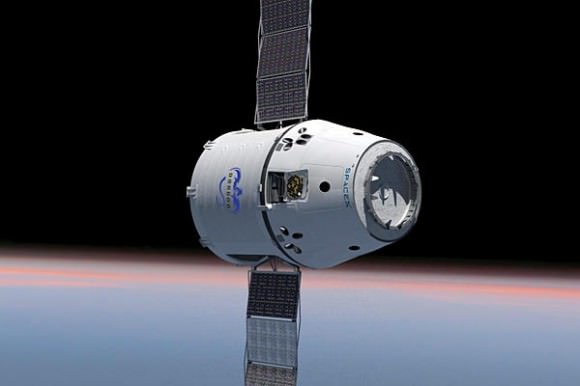
One of the first firms to unveil a potential means of transportation to the International Space Station (ISS) was Space Exploration Technologies (SpaceX). SpaceX launched the first of its Dragon spacecraft on Dec. 8, and shortly thereafter became the first private company to safely recover a spacecraft after it returned from orbit.

Not to be out done by the ‘new kid on the block’ Boeing unveiled its version of a space taxi this past September. Boeing’s Crew Space Transportation-100 (CST-100) spacecraft which it described could be used for missions to the space station or other ‘LEO platforms.’ One potentially exciting prospect about this endeavor is that any excess seating capacity will be available for purchase through Space Adventures.
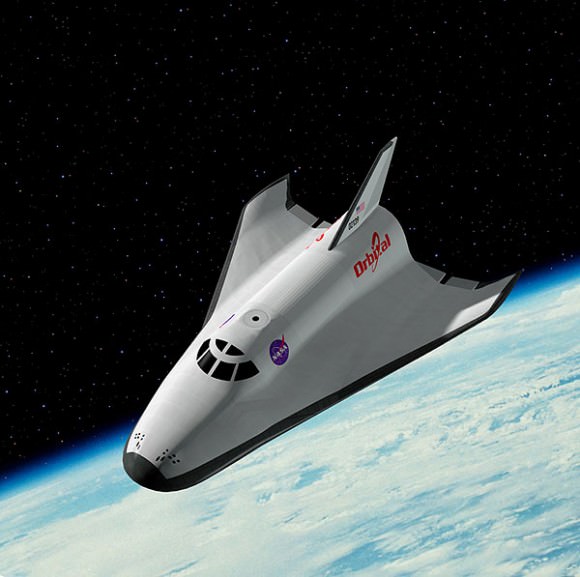
A step away from what most of these companies are doing, Orbital Sciences has proposed producing a ‘mini-shuttle’ to ferry passengers to and from orbit. Most aerospace companies that have submitted designs and ideas have stepped away from the space plane concept as it is now viewed as too complicated and expensive. However, the U.S. Air Force recently successfully demonstrated the viability of its unmanned X-37B space plane. It was perhaps with this in mind that emboldened Orbital to go a step further and produce a man-rated mini space plane. Orbital images show their spacecraft proposal being lifted to orbit atop a Delta IV Heavy.
Just this month Virgin Galactic also announced its plans to produce a space plane (the company uses a space plane in its sub-orbital commercial efforts – this new space plane appears to be an extension of that).

Lastly Sierra Nevada Corp also has thrown its name into the ring proposing a winged spacecraft. Their ‘Dream Chaser’ spacecraft is similar to Orbital’s proposal, a winged spacecraft that would be launched to orbit atop an expendable launch vehicle.
These companies are all vying for the $200 million that NASA has placed into a program to promote ease of access to orbit. While the Orion spacecraft, produced by Lockheed Martin, is part of a NASA program – these other organizations are hoping that by demonstrating the viability of their technology – that they can also secure a strong position in the emerging commercial space market.

